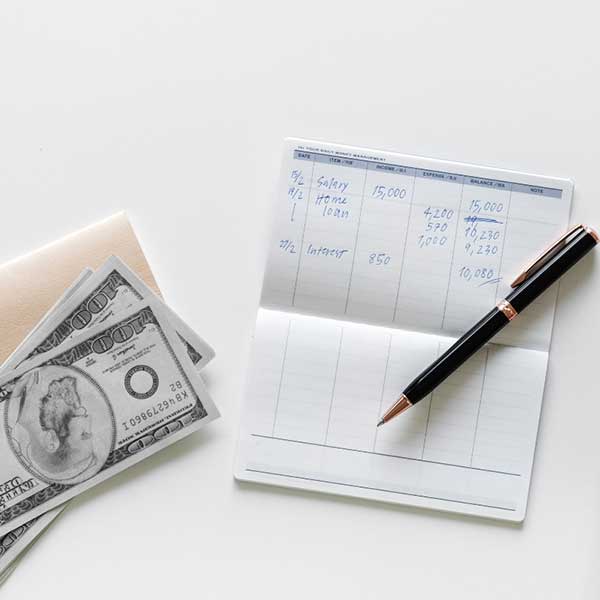Understanding APRs for Smarter Loan Decisions

Most Americans have loans or carry at least one credit card. Applying for either of the two would likely mean an encounter with the term “APR” at least once. Despite this, many still do not understand what the term means is or how it works. Being uninformed can cost you, though. Mismanaging your APR could lead to higher total payments when taking out loans.
For reference: APR stands for “annual percentage rate.” It is a combination of the interest rate, costs, and fees related to your loan that you pay on a yearly basis.
In short – the APR is the yearly cost of borrowing money.
Comparing Loan Rates through APRs
Anytime you’re considering any lending products, make sure to compare the products’ APRs and finance charges. They’re an easy way to compare credit card and loan rates.
The rule of thumb is that the lower the APR, the better (one of the few instances, where this rule doesn’t hold, is if you’re applying for a mortgage loan). So, avoid title loans with high APRs. They result in higher loan payments, a greater risk of loan rollovers, and the possibility of repossession of your vehicle collateral.
Pro tip: make sure you see both the APR and interest rate of any loan you apply for to avoid confusion. Take note that there’s a large difference between the two.
APR vs. Interest Rates
The interest rate is the rate you pay for the cost of taking out the loan. It doesn’t include any other costs. While the interest rate may give you some insight into a loan, it alone is not a very effective way to evaluate a loan.
A loan’s APR includes the interest rate, as well as the credit costs and miscellaneous fees. These fees may include processing, underwriting, and document fees. They give you a clearer picture of how much you’re really paying the lender. One thing the APR computation does not include, though, is the compounding interest.
Most car title loans usually have short repayment terms (either 15 days or one month). Other lenders also often charge an average of 25% interest per month. The APR of such loans will reach at least 300%. Those terms mean you’ll pay at least $625 within the month after taking out a $500 loan.
When you account for compounding interest, the terms seem even more impractical.
UnderstandingCompounding Interest
Compounding interest is the interest you pay on your interest. This applies to loans with terms for more than a month or rolled over monthly loans.
If you are unable to pay off your loan principal during the first month, you will earn interest. This amount will be added to your loan principal. The total will become the new principal and basis for your compound interest rate. This may lead to you paying more than the amount you borrowed or not being able to pay off your debt fully.
VIP Title Loans offers title loans with a clear and unbeatably low APR at only 6%. We provide clear repayment terms starting from four to a maximum of twelve months. You won’t have to take out a loan for a month and keep on rolling it over. We also have the lowest total payback and the most lenient grace period for late or missed payments in the industry.
Contact us or visit any of our six Texas offices to get a title loan today!


